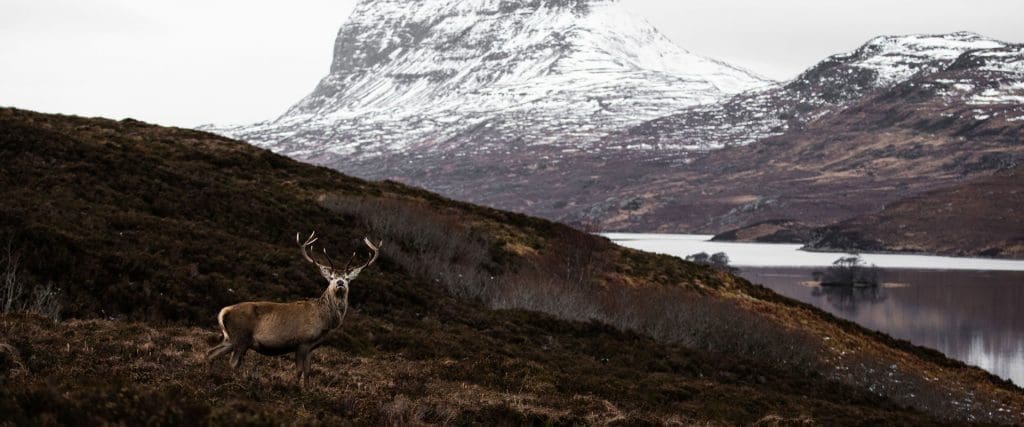Richard Gaston Presents The Lonely Wilds
Richard Gaston is one of the lucky few who has successfully taken their passions and made a career out of it. His lonely imagery and glorious rugged landscapes draw you into Scotland’s wilds. Gaston has been commissioned by various companies and groups in the EU, as well as having exhibited many times in the UK. He’s also the co-author of Wild Guide Scotland, a travel compendium of hidden places, outdoor adventures, local food and inspiring places to stay, featuring hundreds of ideas for adventures in the wilds and wonderlands of Scotland. We spoke to Gaston about his passions, what Scotland means to him, and his advice for people wanting to break into the industry.
What do you think draws you to such isolated imagery?
I think it’s partly due to the feeling that goes with it: hiking several hours into a remote location, feeling exposed and vulnerable. It’s a humbling experience where all ‘problems’ are put into perspective and become insignificant. You come back feeling rejuvenated, but it’s scary how quickly you settle back into ‘city life’.
What message would you like to give to people viewing your work?
I feel Scotland is viewed as historic and old from outside of the country, so through my photographs I’d like the viewer to see Scotland as modern and progressive. Lot’s of exciting new things are happening in the cities and in the Highlands and is certainly booming in tourism. It’s a great time to be here and I want to celebrate that through my photographs.
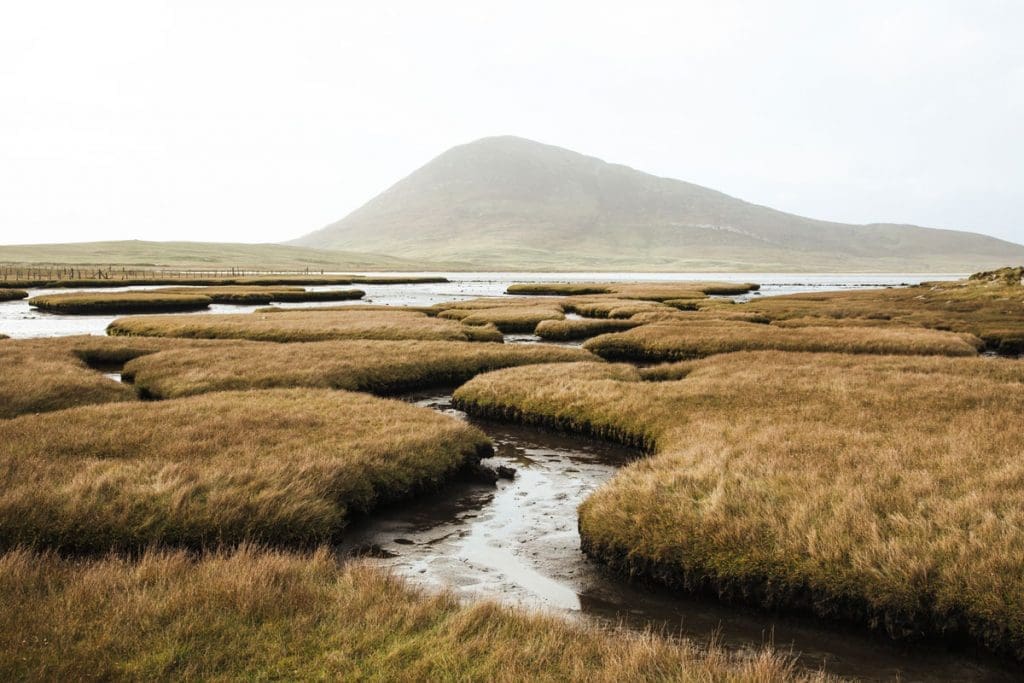
You’ve done an incredible job of showing the vast variety of what Scotland has to offer, has any other country ever called out to you in the same way? Or are there any other countries you’d like to document?
I’m drawn to colder climates, especially in the way the light moves through the clouds and the colder hues on the landscape. Particularly in the Arctic, Svalbard and Iceland, or in Southern Hemisphere in Patagonia where I am heading later in the year.
Has getting out of the city and hiking always been a part of your life, perhaps growing up?
I began my life in the countryside, but never did I climb mountains. It came later in life, around when I was 21. I had an interest in photography since I was 18, however spending time in the outdoors really developed my photography skills and allowed me to build my own aesthetic.
After my first hike I realised it was the hobby I had been looking for, which was fitting for photography – the two work perfect in conjunction. I immersed myself in the outdoors for years, camping and exploring every corner of the country. The knowledge I built up came to great use as myself and a couple of friends approached a publisher with a book enquiry which consequently turned into an opportunity. We were undertaking a travel guide to the wilds of Scotland (Wild Guide Scotland) which took us two years to complete. It was published back in May 2017 and has been very well received.
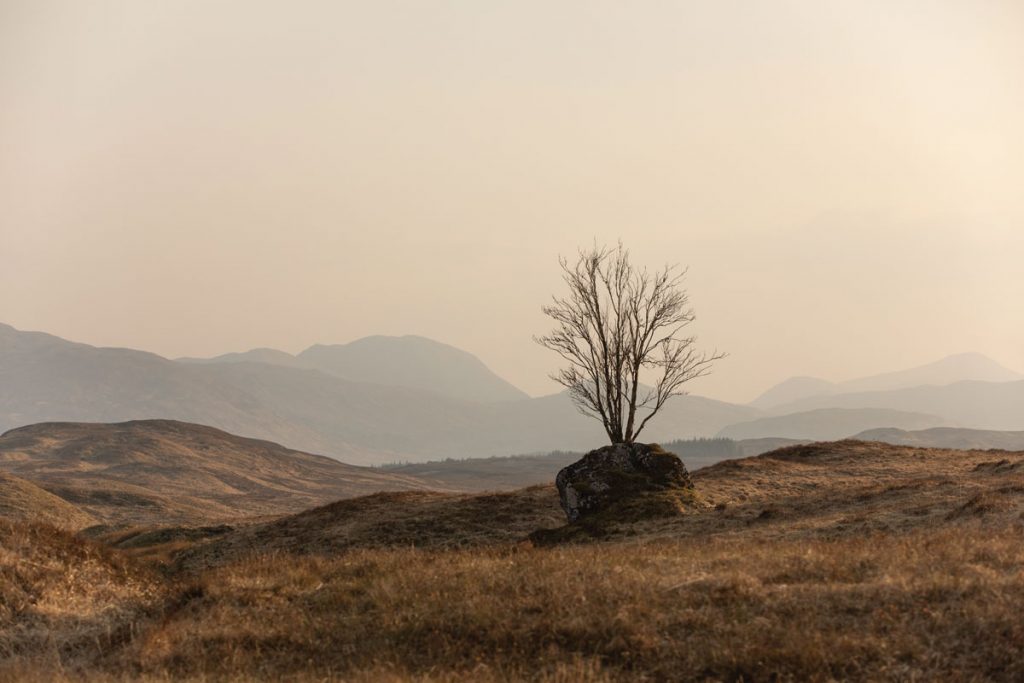
When presented with these amazing images, we sometimes forget that you have to get there first. How often will you spend hiking and out on location?
I’m glad you mentioned, it’s often overlooked (the efforts to get to some locations). A lot of planning goes into the route, however the majority of my images are spontaneously shot with minimal set up. When hiking, it’s important to keep moving and complete the route – there is a lack of daylight hours in winter and the weather can change quickly, so it’s not ideal to stick around. Not to mention the severity of the weather can be very challenging to shoot in. First impression of my photos depicts a sense of calm, but is not necessarily the case of the conditions at the time of taking the photo.
It’s very difficult to predict the weather in Scotland so no idea or concept of a photo is guaranteed, so it’s important not to get too hung up on one particular shot you had in mind. Instead, focus on what’s happening around you as the landscape may look different one minute to the next.
The further north you go in Scotland, the wilder it becomes. A drive there from Glasgow (my home) takes anywhere from 2-6 hours and then a hike around 4-8 hours.
Have you ever gotten into any hair raising situations?
A couple of times, yes. Once forgetting my crampons and ice axe in the spring when I didn’t predict that there would be any snow on the ridges. I had to crawl along a fine ridge of snow with a 400m drop either side of me. The snow was slushy and gave way at every footstep, hence my decision to lower my centre of gravity. All was okay in the end, however a lesson learned to not presume. Scotland is very unpredictable.
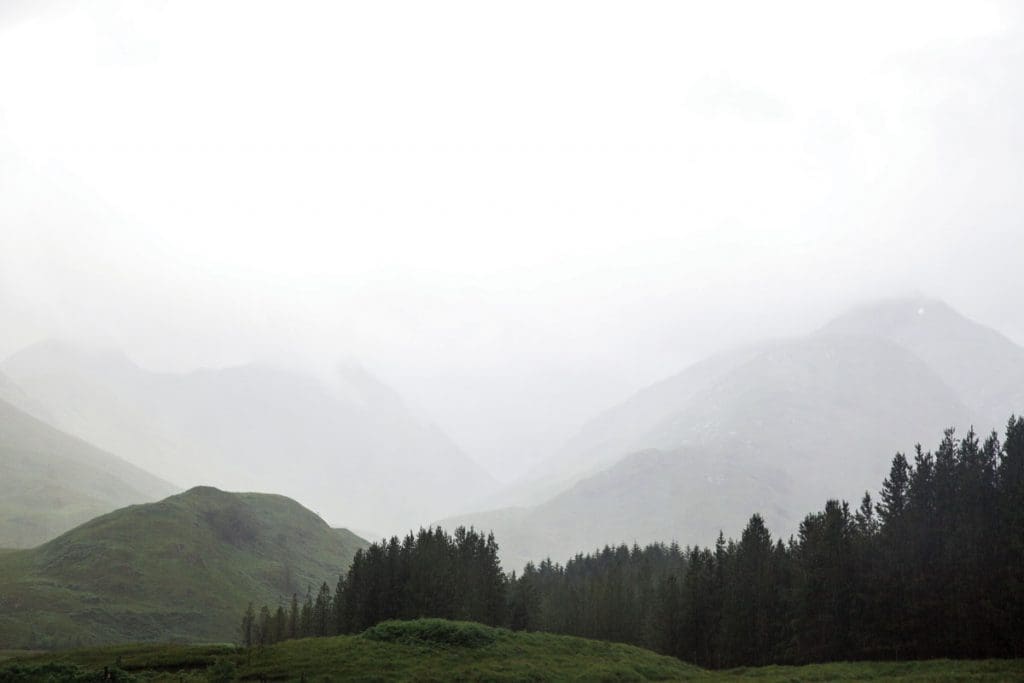
You’re somewhat of a self taught professional, can you walk us through how you started out?
I began shooting on a 35mm film camera, taking photos of my friends and often creating scenes for portraits.
A few years into my hobby, I discovered mountaineering which is when I decided to upgrade to digital due to the number of photographs I was accumulating – I couldn’t afford to process hundreds of rolls of film.
It was all trial and error, learning what the camera functions do, as well as trying new compositions.
I built up a large archive of images at the same time Instagram was growing. I posted images daily and built up a following and consequently, commissioned works.
I then decided to move to Copenhagen for a photography internship with fashion company, Norse Projects. I spent a year in the Danish city and moved back to complete the aforementioned travel guide book, Wild Guide Scotland, a travel compendium that outlines the best places to visit in the wild regions of the country.
What advice do you have for any budding photographers wanting to turn pro?
Find a photography subject – architecture, landscape, portraits, for example – that excites you and immerse yourself in it. It’s best to be consistent when it comes to sharing images on social networks. Building up a following that admires the one particular theme; it’s difficult to find a demographic that likes the exact two subjects, hence the reason to stick to one. That’s not to say that it won’t work, as long as your style shines through on every image.
Furthermore, word of mouth can never be underestimated. Be sociable and surround yourself in the right environment. Take chances and more opportunities will arise.
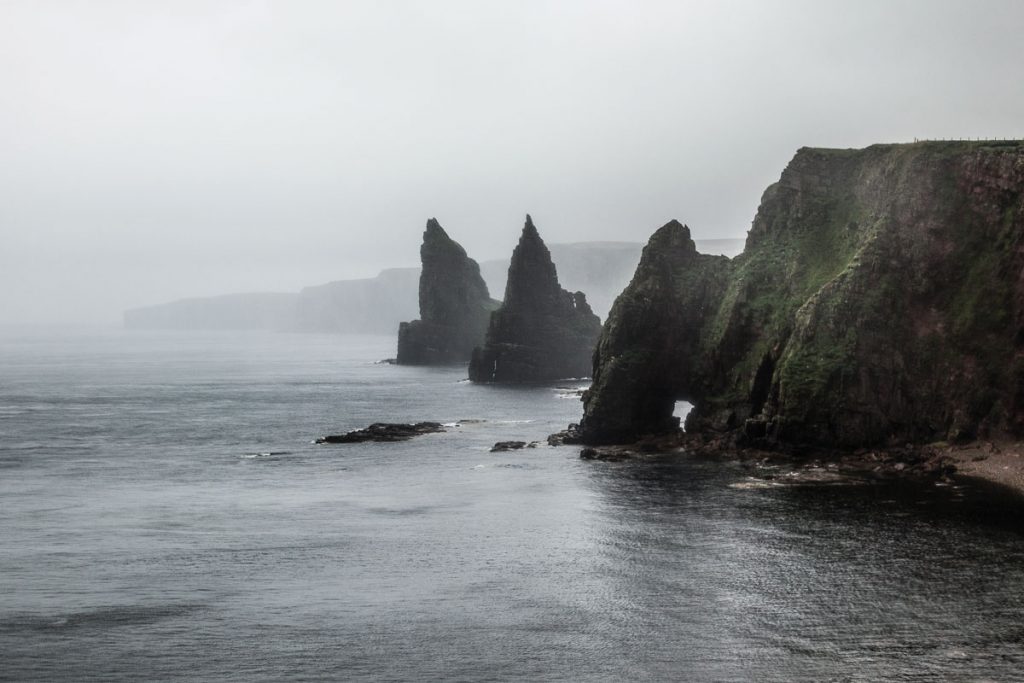
What’s the best piece of advice you’ve been given?
To be patient. Opportunities will come if you persist and your dedication to the subject wont go unnoticed.
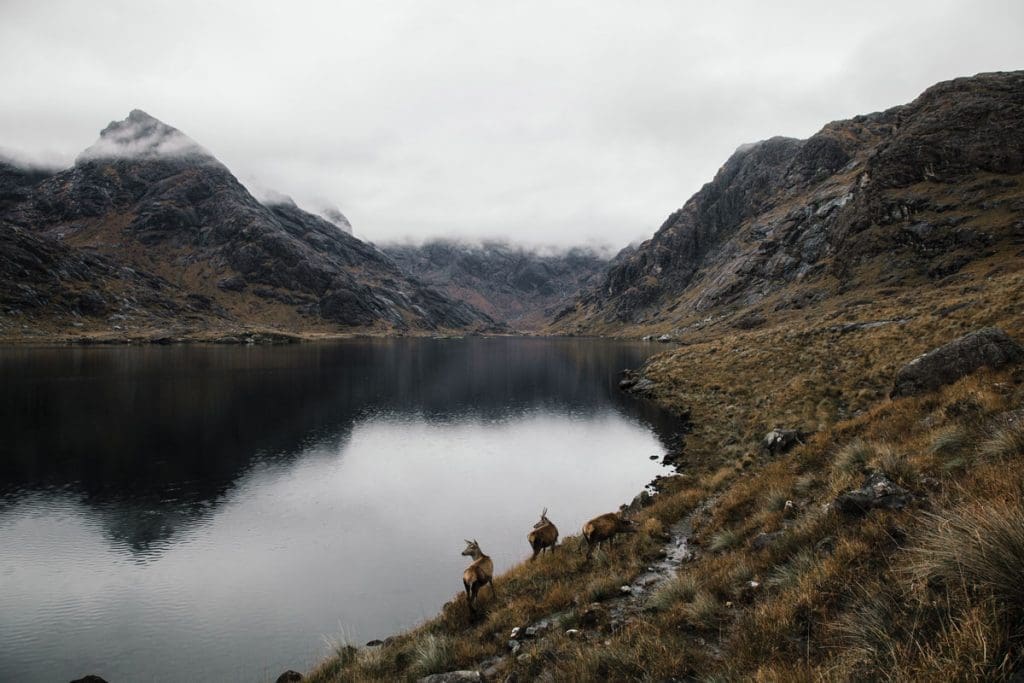
For more of Richard Gaston’s work, click here.

